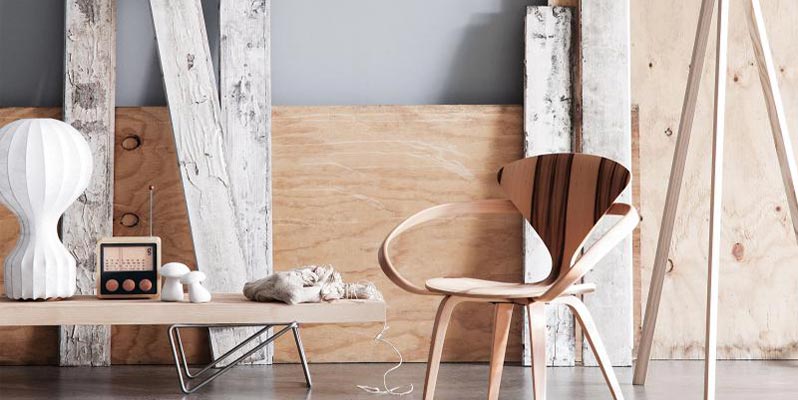You don’t always need an interior designer to tell you that something is wrong with the design of a room. Sometimes it can just feel off, even if you are not sure why. It’s a good idea to stop and take a look at everything to pinpoint the problem. Here are some tips to ensure your own decorating doesn’t make your rooms feel just not quite right.
- Ensure the furniture is positioned properly. When you first move into an apartment, the furniture is pushed hurriedly into place before the room is set up with all the other elements. You may have simply worked those other things in around the first positioning of the sofa, when really, it should be somewhere else. Ask yourself where to focal point of the room is. Maybe there is a fireplace that is crying out to be the focal point, while all the furniture is pointed at the television set, on another wall.
- The room could be bottom heavy if there are too many element low down. This will make it feel unpleasant. To fix this feel, the design elements should be lifted up higher than they are at present. Wall art should be hung higher; if lights dangle down low, have them replaced with shorter ones; remove some things from the floor if it is overcrowded. You may even need to repaint the walls a lighter colour.
- The room feels really impersonal. If you’ve been in a rush to decorate a room and have bought new things, the room can suddenly feel impersonal, because those objects have no history to you. To fix this, it is important to add accessories you are familiar with. A favourite cushion or rug, a vase or lamp you’ve had for some time, even pictures of a favourite holiday location, family or friends will help make the room more personal. Also use warm accent colours.
- The room always seems darker than it should be. This can be due to small windows not letting in enough natural light. It’s important to have light colours in such a room if you can’t replace the windows with larger ones. To make the most of the natural light, use light coloured or even translucent drapes that can be easily tied back; a large mirror opposite the window to reflect light, light coloured furnishings and bright accent colours. If the floor covering is dark, add a light coloured rug. Choose reflective surfaces wherever possible to help make the most of the light there is.
- Clashing colours can make you wince when entering a room. Take note of what the main colours are. Do they come from the same side of the colour chart? If you feel some things are too bright, replace them with paler or cooler colours.


